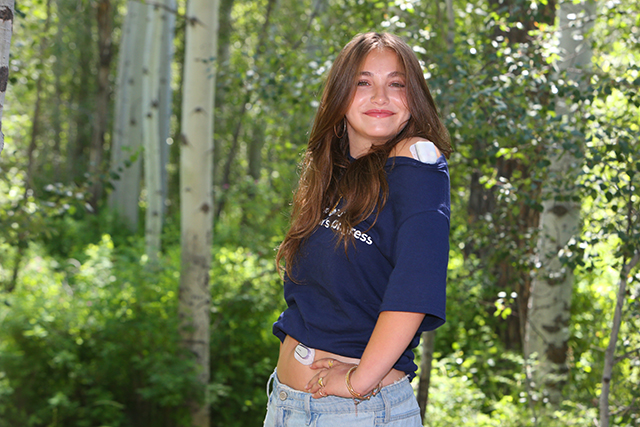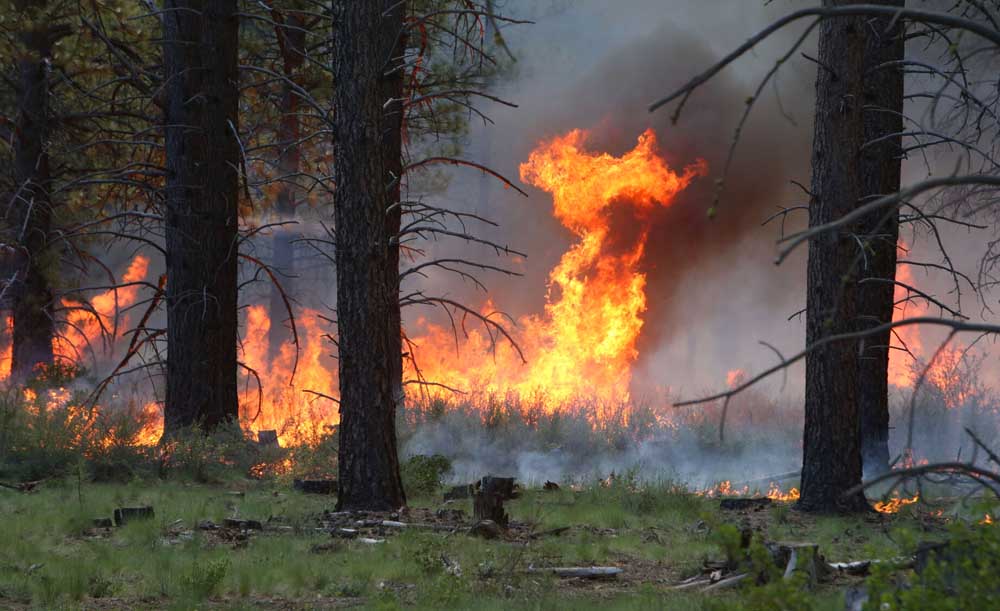When 5Ks no longer cut it
Published 12:00 am Sunday, February 25, 2018
When Laura Han ran the Disney Marathon in 2016, she was not especially well-rested. She and her friends had toured the Disney parks the day before — “you walk a half-marathon just doing that,” she said — and they stayed late to watch the fireworks.
But she completed the marathon without too much difficulty, which inspired her to return to Orlando, Florida, the following year to participate in an even more demanding event: the Dopey Challenge.
Trending
Han, a 29-year-old animator from Vancouver, British Columbia, is one of 7,677 entrants who completed the Dopey Challenge in January, a feat that required running a 5K, a 10K, a half-marathon and a marathon — 48.6 miles over four consecutive days.
Costumes are optional, but she chose to dress as the Pizza Planet delivery guy from “Toy Story,” Mary Poppins, Snow White, and Jessie from “Toy Story 2,” for the different days of the race.
Han is typical of a lot of experienced runners for whom a standard road race does not cut it anymore. Challenge races — those designed to almost guarantee you will not set a new personal record, or that stack races up against one other — are becoming increasingly popular among runners who have done it all and are craving something new.
“For people who are new to or just starting out in running, the primary motive is health,” said Jeremy Jordan, associate dean at the Temple University School of Sport, Tourism and Hospitality Management in Philadelphia. “If they become strongly connected to the activity, what we find is they transition to the primary motives being challenge and competition.”
Gearing up for another half-marathon or marathon may not provide the motivation that runners who have hit a plateau need. So a growing number are turning to challenge races like the Speedway Challenge in Daytona Beach, Florida (a half-marathon and 5K on one day); the Clam Chowdah Challenge on Cape Cod in Massachusetts (a half-marathon and marathon over two days); the Empire State Building Run-Up in New York (up 86 flights of stairs); or the Bear Race in Linville, North Carolina (a 5-mile run up a mountain road with a 1,000-foot elevation gain in the last 2 miles).
Challenge races are not designed to be nearly impossible to complete, like the Barkley Marathons, which entails running 100 miles over rough Tennessee terrain and which only 15 people have finished since it was first put on in 1986, or Canada’s Yukon Arctic Ultra, which had one finisher this year. But by combining a different kind of running with a novelty hook, they do “present a new way to challenge yourself. The drive that you need to train and do these things sometimes requires raising the bar,” Jordan said.
Trending
“If you’ve done 10 marathons, there’s some uncertainty but you might not have as many butterflies in your stomach anymore” about doing another marathon, said Alex Hutchinson, author of “Endure: Mind, Body and the Curiously Elastic Limits of Human Performance.” “If you’re trying to climb the Empire State Building, you have no idea what you’re going to feel like after the 50th floor. There’s a different frisson of fear.”
“People who are high achievers, once they’ve made this determination that they’ve mastered some sort of task, it’s no longer a challenge and it loses some of its motivational qualities,” said Jeffrey Martin, professor of kinesiology, health and sports studies at Wayne State University in Detroit. Thrill seekers might look for “an element of danger and excitement” in these races, while older athletes who cannot realistically hope to chase a new personal record anymore might find renewed motivation from the novelty.
Martin, who has run multiple marathons over the past four decades but never one outside of North America, plans to run the Prague Marathon in the Czech Republic in May as his challenge race.
In January, Sabrina Little, a professional trail and ultrarunner based in Waco, Texas, which is relatively flat, ran the sold-out Dallas Vert Mile, which required 12 laps up the stairs of the city’s 561-foot Reunion Tower. (Runners take the elevator back down between each lap.) About 100 such “tower races” are staged at locations around the world.
Little often competes against trail runners who train in the mountains and thought a stair race would be a new and different way to help her prepare for the Rocky Raccoon 100, the oldest 100-mile trail race in Texas.
“It’s easy to get jaded if you run the same things over and over again,” she said. “I thought it would be fun to try something wild that I didn’t have anything to compare it to.”
She enjoyed meeting a different batch of runners at the Vert Mile, including groups who travel the country to do stair races, and the 6 a.m. start time gave her a one-of-a-kind way to experience the sunrise. “Every time we ascended, it was a little bit brighter and we watched the whole sky turn pink to white,” she said. She went on to win the Rocky Raccoon 100 three weeks later and has started using a stair climber at the gym to incorporate into her year-round workouts.
Things went a little rougher for Han during the Dopey Challenge. She tripped and fell in the 10K on the second day, and during the final day’s marathon she developed tingling and numbness that required a trip to the medical tent. But two days after finishing and back in Vancouver with a handful of medals and two sore legs, Han began dreaming about completing the Dopey Challenge again next year.
“There’s something really amazing about pushing through a challenge like this, doing a physical feat that you didn’t think you could do,” she said. “Being able to do this challenge is everything that I needed to come out a mentally stronger person, too.”








